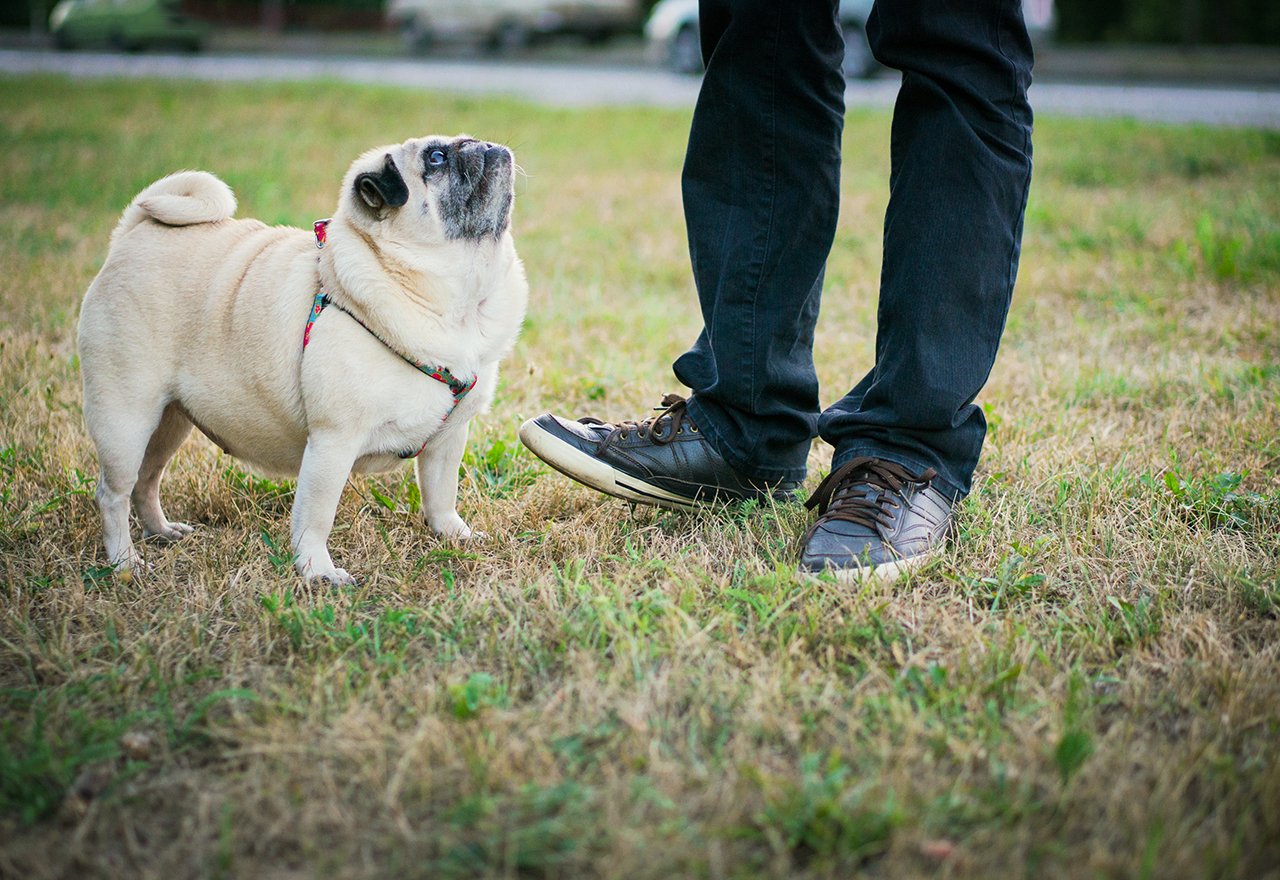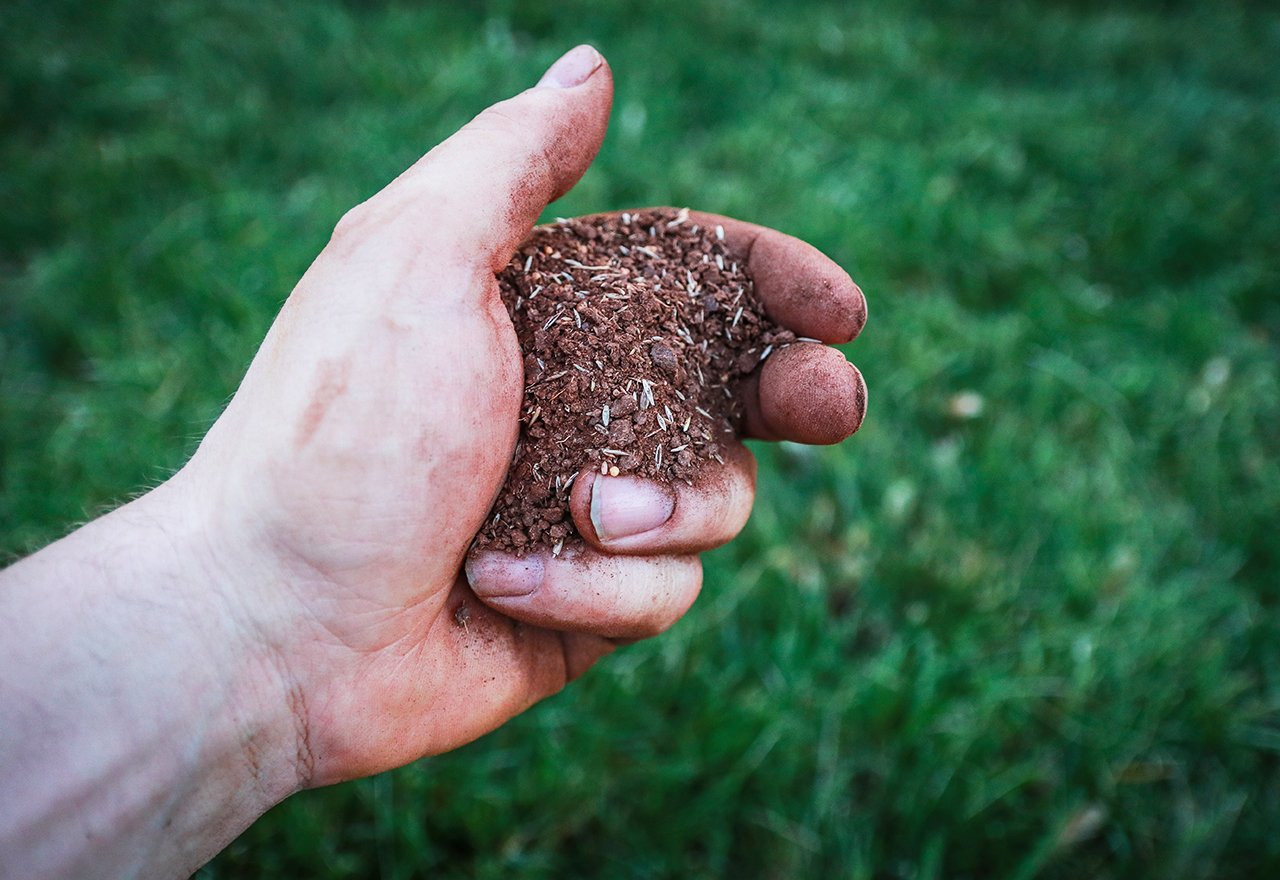Four Benefits of Having an Ugly Summer Lawn
by Maureen Wise, on August 21, 2024
Your neighbors may frown at your front yard, but here are four benefits to having an ugly lawn during the hottest months of the Summer.

No Wasted Water
Watering grass is really only necessary when it’s first becoming established or during extremely hot droughts. Otherwise, grass will not really need water beyond our normal Midwestern rainfall and will grow deeper, strong roots if not watered daily. Watering your lawn daily encourages shallow, weak root systems. Plus, using less water means less energy used to extract, treat and transport the water to your hose spigot. Almost ten years ago, River Network estimated that 13% of the United States’ energy consumption was water related energy use. We expect that this number is higher in current years. If you’re not watering your grass, it will be a bit uglier, but you’re saving both water and energy. If we get an extended drought, it isn’t a bad idea to give your lawn a little bit of water weekly, but you don’t need to be out there every day watering your lawn. We recommend cutting your grass high with a sharp mower blade for a greener lawn, and never watering your established lawn more than once a week.
No Pre-emergent Chemicals
Many lawn care companies preach to apply pre-emergent herbicides to hit Crabgrass and other weeds before they even start growing in the Spring. At Good Nature Organic Lawn Care, you’ll never hear us tell you to cover your lawn in these chemicals that kids and pets shouldn’t play on and that pollute our rivers - and ultimately Lake Erie and the Ohio River. The whole reason our company started was to find better options than these chemicals. We like corn gluten meal as a natural way to suppress Crabgrass germination. That being said, corn meal gluten is not a perfect weed killer and a few yellow flowers and patches of Crabgrass never hurt anyone.
Cool Season Grasses aren’t Meant for Summer
In Ohio, our climate isn’t really meant for meadows of cool season grasses. Originally, Ohio was covered with trees. According to the Ohio Department of Forestry, our state was probably 95% forested before the European clearing and settlement more than two hundred years ago.
Nowadays, most lawns in Ohio are planted with cool season grasses, predominately Kentucky Bluegrass, perennial Ryegrass, Fine Fescue, and Tall Fescue. These grasses are so named because they grow and are happiest during the cool seasons of Fall and Spring. Cool season grasses are planted coast to coast in the northern United States and are greenest in their growing seasons, not during the heat of Summer. All cool season grasses go dormant but will typically not die due to the heat. When the cooler temperatures and wetter weather return, the grasses will green up again. So it’s ok if your grass is a bit golden, it’s just what your lawn would do naturally.

Keep Improving Your Lawn
The grass and other plants in your lawn determine its color every season. We recommend improving your soil and adding better grasses annually so that next year, your lawn will look a bit better. Learn more here.
Some homeowners will decide to remove problem grasses all together with Lawn Renovation. When starting fresh, we like to recommend a mix of 5% Microclover, 90% Turf Type Tall Fescue, and 5% Kentucky Bluegrass for our region. For Grass Seed, our Tuff Turf Lawn Seed provides the Turf Type Tall Fescue and Kentucky Bluegrass recommended. If you have any questions, contact us.
Microclover is a legume that will fix nitrogen into your soil, improving soil as it grows instead of adding chemicals every Spring. This Turf Type Tall Fescue is more drought-tolerant and insect-resistant than other cool season grasses. It also stays greener with less watering which we like.
Even if you’re not starting with an entirely new lawn, you can try Slice Seeding Microclover and Turf Type Tall Fescue every Spring to strengthen your lawn, as well as make it more green!













